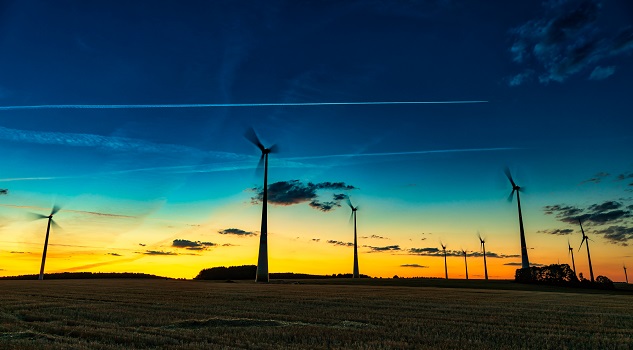A briefing note published this week finds that renewables are the lowest cost, sustainable solution for Australia’s energy policy crisis and potentially one of Australia’s largest export industries of the future.
The briefing note, Why Renewables are the Solution for Australia: The low-cost source of new electricity generation highlights recent technological advances that have made renewables one of Australia’s fastest growing industries, and Australia a world leader in battery storage.
Author Tim Buckley, The Institute for Energy Economics and Financial Analysis (IEEFA’s) Director of Energy Finance Studies Australasia, said that the integration of renewable electricity generation is already being achieved at a world leading scale in the ACT, Tasmania and South Australia, with Victoria and Queensland recently lifting ambitions for 50 per cent renewables by 2030 and unlocking large scale regional investment and employment opportunities as a result.
“The expanding ability to integrate domestic renewables adds resilience to Australia’s electricity grid while providing sustainable national energy-security benefits,” Buckley said. “It also delivers on our international obligations of the Paris Agreement.”
The briefing note compares the fossil fuel and renewable energy industries, noting the fossil fuel industry is still massively subsidised by Australian taxpayers via diesel fuel rebates, free water and carbon emissions, tax-payer funded enabling infrastructure and long dated royalty holidays (as offered to Adani).
“The renewable energy industry no longer requires major subsidies going forward, beyond policy clarity,” Buckley said. “Most fossil fuel projects in Australia are owned by foreign multinationals who use tax-haven based offshore marketing hubs and who also have a history of paying next to no corporate tax in Australia – ever.
“There is no other private industry in Australia so dependent on using public, finite assets for private, foreign, largely tax-free gain at such a cost to the community.”
With renewables now the low-cost source of new electricity generation, solar and wind projects are being built across Australia at just A$40-50/megawatt hour (MWh), down some 70 per cent in the last three years.
In contrast, a new coal-fired power plant would cost over A$100/MWh (and up to A$150/MWh including a carbon cost and the higher cost of capital requirements).
“Renewables are deflationary,” Buckley said. “Once built there is no fuel cost, with proponents primarily wearing only the interest cost on their debt capital. And, like storage costs, renewable costs are expected to continue to fall some 10 per cent annually over the coming decade due to economies of scale and massive ongoing technology gains.
“Further, renewables are clean and sustainable, use almost no water, and once built, create no air or particulate pollution, nor do they emit carbon emissions.”
There is a major pivot towards renewables globally and Buckley said that Australia should have been at the head of that market shift.
“There have been major technological advances in firming our electricity supply, and our markets are responding, making Australia a world leader in adopting new battery technology and rooftop solar,” he said. “With multiple proposals and investments under construction in utility scale batteries underway in Australia, there is a clear endorsement of the bankability and viability of this technology solution.
“Investing in renewable energy infrastructure builds our engineering and scientific capacity, leverages our financial capacity, creates multiple jobs, and builds export industries of the future.”













